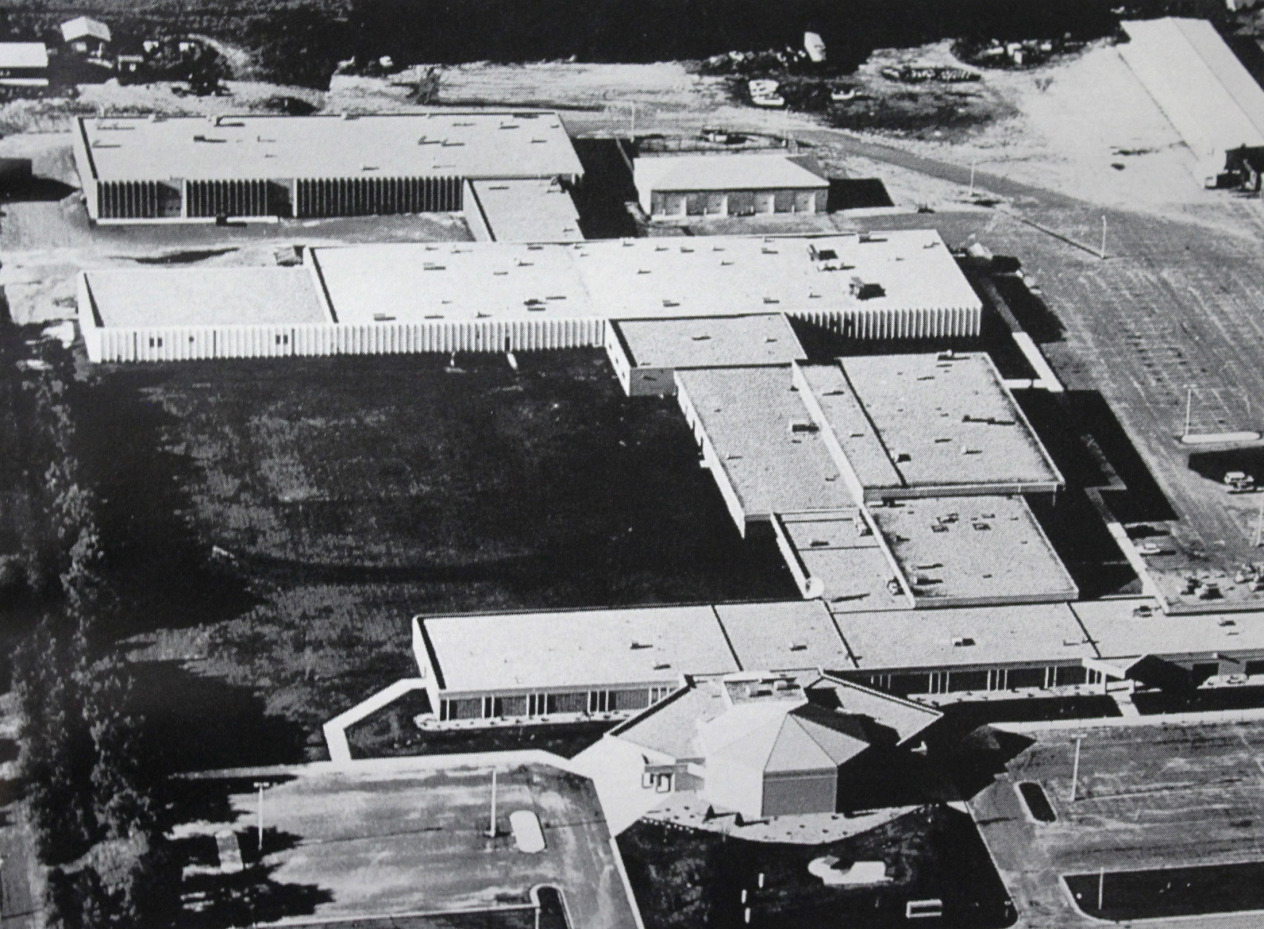Title
Course Descriptions
Body
Sections
Filters
Credits:
2 (1/1/0)
This course provides the student with a working knowledge of residential blueprints and specifications. The student gains an understanding of blueprints, then interprets and applies this knowledge to the electrical industry.
Credits:
3 (2/1/0)
The student will learn to read commercial blueprints with an emphasis on electrical circuitry including lighting, power, service, feeders and special systems. The course also introduces the student to computer-aided design (CAD) drawings.
Credits:
2 (2/0/0)
This course covers the knowledge base associated with the Minnesota Power-Limited Technician license and includes all of the topics identified in the Minnesota Board of Electricity PLT study guide. Subjects covered include those found in the National Electrical Code and in Minnesota laws and rules. Additional subjects covered include technical terminology, formulas and procedures that are essential elements of the PLT examination, not all of which are found in the NEC.
Credits:
2 (1/1/0)
This course is designed to introduce students to the current predictive maintenance technology used in the best maintenance practices of top-performing companies in industry. The course will cover infrared thermography, vibration analysis, ultrasonic detection, oil spectrum analysis, motor current analysis and other technologies. These methods are used in electrical and mechanical maintenance programs in industry to predict failures of electrical connections, equipment, bearings and other critical machines. Students will also be introduced to best maintenance practices and their impact on the future of industry in the United States.
Credits:
2 (1/1/0)
More than 70 percent of equipment failures in industry and manufacturing are self-induced by a company's own maintenance workers, policies or attitudes, resulting in downtime or lost production. This course covers the best maintenance practices as determined by top industrial and manufacturing companies. This course covers permanent repairs as related to specific tasks such as bearing replacement, chains, belts, coupling, lubrication, proper alignment and packing and seals.
Credits:
3 (1/2/0)
This course introduces basic electric heating, gas, oil, heat pump and cooling system installation and control. Topics include installing wiring for heating and air conditioning systems, replacing controls, measuring instruments and schematic interpretation.
Credits:
3 (1/2/0)
This course examines the material and design aspects of commercial wiring. Topics include raceways, boxes, design requirements for conduit layouts, circuit overcurrent protection and lighting.
Credits:
3 (2/1/0)
This course provides an understanding of motor control symbols, line diagrams, contractors, starters and operating circuits. Lab procedures demonstrate components, circuitry and operation learned in theory. Measured data is recorded and interpreted.
Credits:
2 (1/1/0)
This course covers the theory, operation, installation, hardware, software and practical applications of programmable logic controllers (PLC). Basic PLC programming techniques for counters, timers and sequencers will be presented.
Credits:
3 (2/1/0)
This course provides application of basic theory and operation to electronic motor control including semi-conductors, rectifiers, regulators and amplifiers.
Credits:
3 (1/2/0)
This course covers materials and design aspects of commercial wiring, in particular lighting and fuse applications. Topics include lighting and lamp installation and selection, fuse selection, special outlets, load schedule, short circuit calculations and emergency illumination.
Credits:
2 (1/1/0)
This course covers the installation methods and materials used in industrial wiring. Topics include transformers, busways, motor installation, industrial metering, overcurrent system coordination, ground detection, grounding systems, surge protection, distribution, special systems and industrial hazardous locations, and the study of the National Electrical Code relating to these topics.
Credits:
3 (1/2/0)
This course provides an advanced understanding of circuits controlling motors. Topics include jogging, braking, plugging, reduced voltage starting, phase loss protection, latching relays, time delay relays and safety requirements. Lab procedures demonstrate components, circuitry and operation learned in theory. Measured data is recorded and interpreted.
Credits:
2 (0/2/0)
This course introduces students to building automation systems. These systems are becoming critical required components used for green buildings, energy conservation and building safety systems. Topics covered in this course include electrical energy production, alternative energy sources and interconnection of renewable sources to existing power systems. This course also covers green utilization equipment and controls such as lighting, heating, ventilating and air conditioning, and plumbing.
Credits:
2 (0/2/0)
This course is a continuation of Building Automation I. Topics covered include more critical building safety and security systems. These systems include fire systems and security and access control systems; voice, data and video systems; and automated building operations. Students will gain hands-on experience installing, programming and troubleshooting live systems.
